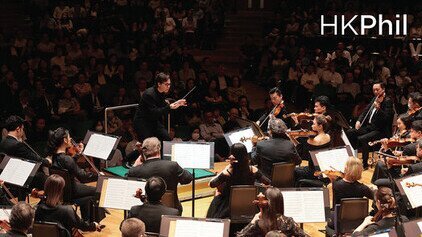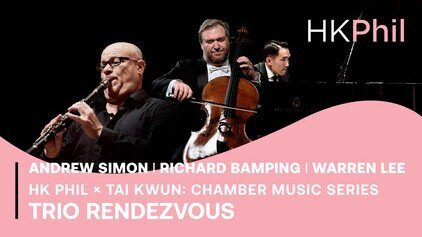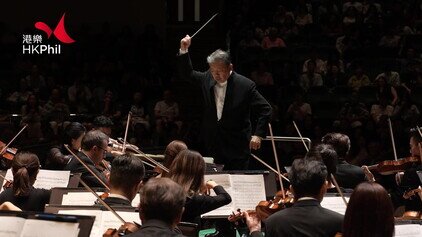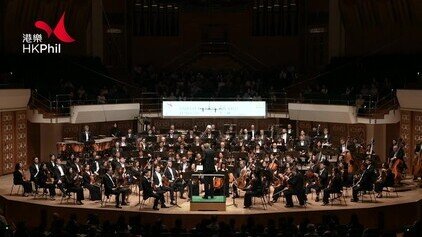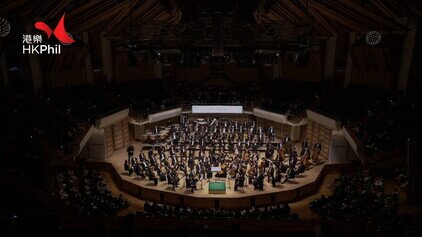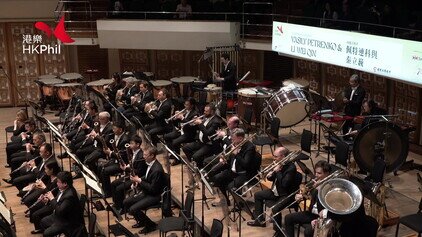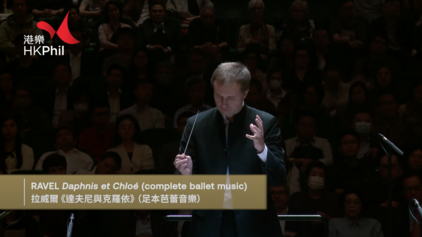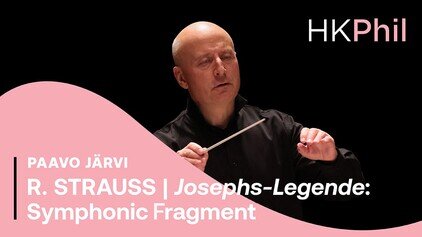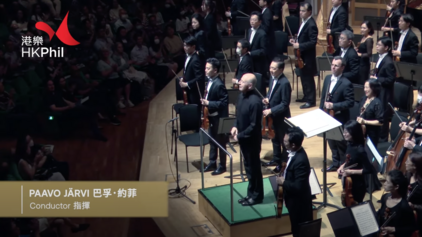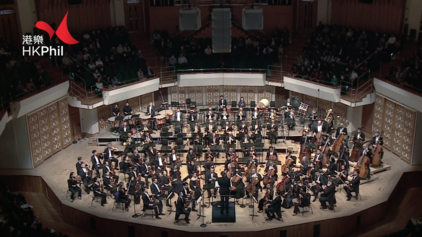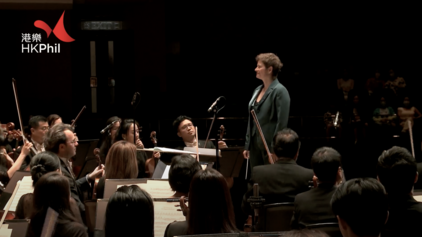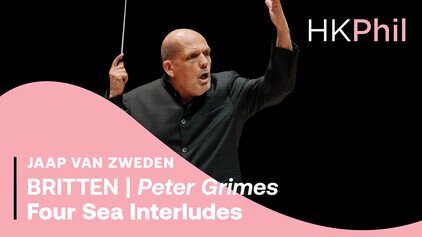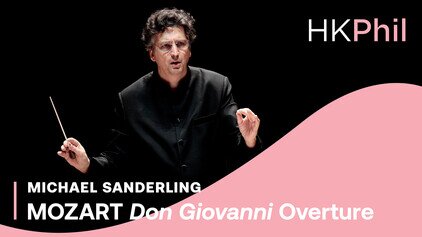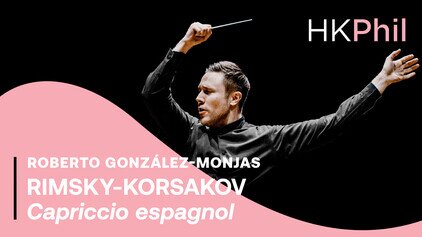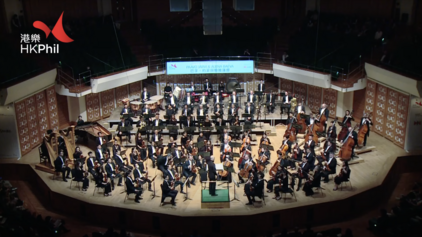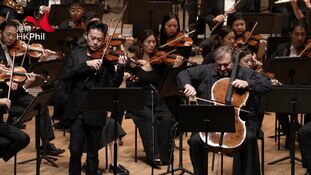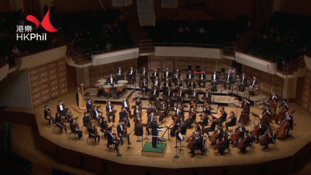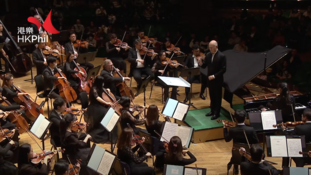SHOSTAKOVICH | Symphony no. 9
PROGRAMME
DMITRI SHOSTAKOVICH (1906–1975)
Symphony no. 9 in E flat, op. 70
- Allegro
- Moderato
- Presto
- Largo
- Allegretto
THE COMPOSER
Dmitri Shostakovich had one of the most vertiginous, roller-coaster careers in music history. Hailed as a prodigy at 19, when his First Symphony was premiered in Petrograd (now St Petersburg), he was hailed as the “Red Beethoven”, then suddenly condemned in the Soviet newspaper Pravda (Truth) in 1936. His Fifth Symphony (1937) marked a triumphant return to favour, and the huge success of his wartime Leningrad Symphony (no. 7) elevated him to the status of international hero. But more condemnation was to come in 1948, and for a while Shostakovich hid his most important works, only allowing them out in public well after the death of Joseph Stalin in 1953. His later career was more secure, and official honours were plentifully bestowed, but the works of his last years are often darkly introspective. And yet these – like the finest of his earlier achievements – continue to enjoy a popularity few other 20th century composers can match.
THE BACKGROUND
Shostakovich composed his Ninth Symphony during the final weeks of the Second World War. Reports that he was working on it soon appeared in the papers. The Soviet news agency TASS announced that the new symphony would be “devoted to the Celebration of our Great Victory”, and Shostakovich himself appeared to say that it would be monumental, featuring a chorus. Soviet Russia prepared itself for a masterpiece of national self-celebration: a musical “Ode to Joy” to put beside Beethoven’s, with – naturally – an acknowledgement of the role played in the Great Victory by the “Leader and Teacher” himself, Joseph Stalin.
In the event, the looked-for “Soviet Ninth” turned out to be a complete surprise, and not a welcome one. Not only was it surprisingly short (well under half an hour) and scored for a modest orchestra; its whole character seemed staggeringly inappropriate. The composer Marian Koval observed that “the listeners parted, feeling very uncomfortable, as if embarrassed by the musical mischief Shostakovich had committed and displayed – committed, alas, not by a youth but by a forty-year-old man, and at a time like that!” The audience, Koval wrote, was presented with “Old man Haydn and a regular American sergeant unsuccessfully made up to look like Charlie Chaplin, with every possible grimace and whimsical gesture galloped through the symphony’s first movement.” Koval’s remarks were republished in 1948, the year Shostakovich was denounced at the First Congress of the Union of Composers and forced to make a humiliating public statement of repentance. Stalin, it seems, had not forgotten that act of “musical mischief”.
THE MUSIC
Damaging though Koval’s review was, on one point he was right. Something of the playful, mischievous spirit of the great 18th century symphonist Jospeh Haydn can be felt in Shostakovich’s Ninth Symphony, and especially in the first movement. The opening Allegro is lean, athletic, quick-witted music with some wonderful deflating humour. Take the second theme, a cheekily whistling piccolo tune introduced by martial percussion and a ludicrously pompous two-note “fanfare” on trombone: is Shostakovich thumbing his nose at the worst excesses of Soviet pomp? In the recapitulation, the trombone keeps on trying to assert its own dignity, but each time it is gleefully undermined by the rest of the orchestra. Near the end of the movement the “mischief” threatens to turn ugly, but Shostakovich suddenly drops the curtain with two brusque full-orchestral chords – a kind of neo-classical version of the famous Bugs Bunny cartoon sign-off, “That’s all, folks!”
The next movement, Moderato, is dark-hued, but prevailingly lyrical and mostly restrained – Shostakovich’s response, perhaps, to some of Haydn’s beautiful melancholic minor-key slow movements. Mocking humour then breaks out again in the Scherzo-like Presto, with a distinct flavour of the Russian circus. But this runs out of steam and subsides into the Largo. At this point the comic mask drops; in fact, if this movement had turned up in one of the two epic wartime symphonies that preceded the Ninth it wouldn’t have sounded out of place. Grim, rhythmically jagged bass brass figures twice introduce long, plaintive recitative-like solos for bassoon. But then comes a typical Shostakovich reversal: just when the subversive humour of the first and third movements seems forgotten, the tempo changes to Allegretto, and the bassoon drops to its lowest register for a sly, chuckling folk-like theme. The rest of the orchestra catches the mood, but now the comedy has an unmistakable nervous edge. At the end the tempo quickens and the symphony dances wildly, almost crazily, to its conclusion: still comic, perhaps, but an “Ode to Joy” it clearly isn’t.
Programme notes by Stephen Johnson
Artist
SUPPORT THE HK PHIL'S ONLINE PROGRAMMES
The Ambassador Fund allows the orchestra to produce various online programmes, keeping our connection with the communities. The HK Phil has released over 80 online programmes and garnered over 1.5 million views since the pandemic. Your donation supports production costs incurred and helps us share music!
All Performances
Other videos in this series







